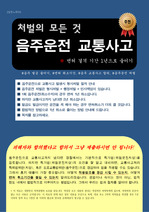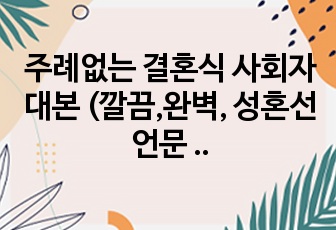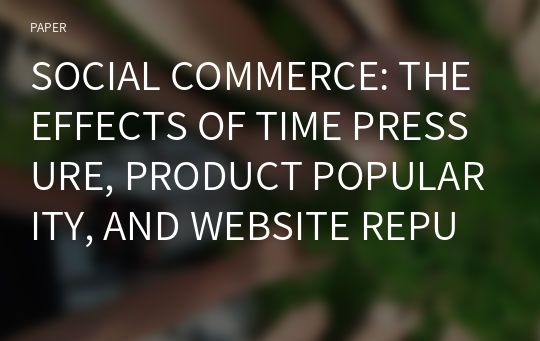SOCIAL COMMERCE: THE EFFECTS OF TIME PRESSURE, PRODUCT POPULARITY, AND WEBSITE REPUTATION ON PURCHASE INTENTION
* 본 문서는 배포용으로 복사 및 편집이 불가합니다.
서지정보
ㆍ발행기관 : 글로벌지식마케팅경영학회(GFMC)
ㆍ수록지정보 : Global Marketing Conference
ㆍ저자명 : Minjung Park, Jungmin Yoo
ㆍ저자명 : Minjung Park, Jungmin Yoo
영어 초록
Background and Purpose of Study: Social commerce refers to a form of electronic commerce based on Social Networking Service (SNS) and has grown substantially since the advent of Groupon in 2008. The growth of social commerce was accelerated with the increased popularity of SNS, where consumers share product information and reviews and the information is spread to others through SNS in real time (KB financial group, 2015).Social commerce can be divided into three types: (1) online group buying, (2) online shopping linked with the SNS, and (3) online shopping in SNS. The first type of social commerce is the most common type in Korea and the current study conducted an experiment based on the online group buying format. In the group buying social commerce, consumers gather together to purchase a product with a cheaper price. Placing a large order facilitates price promotion, (Yuan, & Lin, 2004) and buyers benefit from the cheaper price through the group buying (Zeng, Huang, & Dou, 2009). Group buying websites provides consumers with two types of information: time left for the promotion (time pressure) and the number of product sold (product popularity), and the overall purpose of this study is to examine the effects of time pressure, product popularity and website reputation on purchase intention.
Hypotheses Development: Consumers make a purchase on social commerce websites because they can get a product with a cheaper price through group buying. Thus, this study is based on the assumption that all products are under price promotion. According to prospect theory, consumers are more likely to be sensitive to losses than gains. Consumers initially perceive a price promotion as a potential gain, but as the expiration approaches, they are more likely to perceive the promotion as a potential loss, which consequently increase purchase intention (Inman & McAlister, 1994). Also, a statement indicating product popularity, such as ‘the best-selling item’ increases purchase intention (Jeong & Kwon, 2012). Signaling theory provides a useful insight into understanding the effects of website reputation. Since consumers use a website reputation as an indicator of quality (Kirmani & Rao, 2000), they generally respond more positively to well-known websites than unknown websites (Shamdasani, Stanaland, & Tan, 2001). Therefore, based on the literature review, the following hypotheses are developed.H1: High time pressure has a greater impact on purchase intention than low time pressure.
H2: High product popularity has a greater impact on purchase intention than low product
popularity.
H3: Well-known website has a greater impact on purchase intention than unknown
website.
H4: The effect of time pressure on purchase intention differs as a function of product
popularity.
H5: The effect of time pressure on purchase intention differs as a function of website
reputation.
H6: The effect of product popularity on purchase intention differs as a function of
website reputation.
Method: This study’s design is a 2 (time pressure: high vs. low) x 2 (popularity: high vs.
low) x 2 (website reputation: well-known vs. unknown) between-subjects factorial design.
This study includes three pretests: (1) to select high versus low time pressure, (2) to select
the number of product purchased (product popularity), and (3) to select well-known and
unknown social commerce websites. Based on the results of the pretests, eight mock
websites simulating social commerce websites were developed for the main experiment.
The data were collected via a research company. Invitation emails with a URL were sent
to potential participants, and they were guided to shop the website and answer the
questionnaire. The measure of purchase intention was adopted from the existing literature
with adequate reliabilities (Cronbach’s alpha >.70), and the scale items used a 7-point
scale. Manipulation checks showed that manipulations of time pressure, product
popularity, and website reputation were successful.
Results: A total of 453 female online shoppers participated in the online experiment. An
exploratory factor analysis revealed one factor of purchase intention, and the
reliability.93, indicating adequate internal consistency of the scale. Hypotheses were
tested using analysis of variance (ANOVA). The results showed main effects for product
popularity [F (1, 445) = 10.34, p < .05] and website reputation [F (1, 445) = 72.03, p
< .05] on purchase intention, supporting H2 and H3. With regard to H4 to H6 predicting
interaction effects, ANOVAs showed significant interaction effects of time pressure by
product popularity [F (1, 445) = 5.53, p < .05], time pressure and website reputation [F (1,
445) = 4.59, p < .05], and product popularity and website reputation [F (1, 445) = 9.15, p
< .05] on purchase intention. Thus, H4 to H6 were supported.
Conclusions and Discussion: The study offers academic and managerial implications.
The findings of the study provide empirical support for the signaling theory and prospect
theory. The results suggest that high popularity and high reputation are significant factors
influencing purchase intention. When consumers perceive a product as being popular on a
social commerce website, they have greater purchase intention than when they do not
perceive the product popularity. Also, when consumers shop on a well-known social
commerce website, they have greater purchase intention than when they shop on an
unknown website. When the product popularity is high, high time pressure is an
important factor enhancing purchase intention. When a website is well-known, high time pressure increased purchase intention. However, when a website is unknown, high
product popularity increased purchase intention. These findings of the study contribute to
the literature in social commerce. Based on the website reputation, social commerce
websites need to incorporate appropriate marketing tactics, such as time pressure and
product popularity to increase consumers’ purchase intention.
참고 자료
없음"Global Marketing Conference"의 다른 논문
 THE ROLES OF GREEN PACKAGING IN UGLY FOOD PURCHASE INTE..22페이지
THE ROLES OF GREEN PACKAGING IN UGLY FOOD PURCHASE INTE..22페이지 THE IMPACT OF INDUCED AWE ON ETHICAL TOURIST BEHAVIORS5페이지
THE IMPACT OF INDUCED AWE ON ETHICAL TOURIST BEHAVIORS5페이지 A BIBLIOMETRIC ANALYSIS OF SPIRITUAL TOURISM RESEARCH15페이지
A BIBLIOMETRIC ANALYSIS OF SPIRITUAL TOURISM RESEARCH15페이지 SOCIAL NETWORK ANALYSIS AND RESPONSE TIME TESTING: CONS..11페이지
SOCIAL NETWORK ANALYSIS AND RESPONSE TIME TESTING: CONS..11페이지 THE EFFECTS OF PARA-SOCIAL INTERACTION ON ONLINE CELEBR..3페이지
THE EFFECTS OF PARA-SOCIAL INTERACTION ON ONLINE CELEBR..3페이지 THE INFLUENCE OF OPINION LEADERS ON DAILY DEALS USER’S ..3페이지
THE INFLUENCE OF OPINION LEADERS ON DAILY DEALS USER’S ..3페이지 HOW IMMERSIVE RETAILING AFFECTS CONSUMERS’ URGE TO BUY:..6페이지
HOW IMMERSIVE RETAILING AFFECTS CONSUMERS’ URGE TO BUY:..6페이지 KEY TO SUPERSTARDOM IN A GLOBALISED MARKET: THE ROLE OF..6페이지
KEY TO SUPERSTARDOM IN A GLOBALISED MARKET: THE ROLE OF..6페이지 A POST-PANDEMIC LOOK AT TOURISTS’ PERCEIVED COOLNESS OF..4페이지
A POST-PANDEMIC LOOK AT TOURISTS’ PERCEIVED COOLNESS OF..4페이지 EXTRACTING OFFLINE RETAIL SHOPPING PATTERNS: OLLABORATI..5페이지
EXTRACTING OFFLINE RETAIL SHOPPING PATTERNS: OLLABORATI..5페이지


























